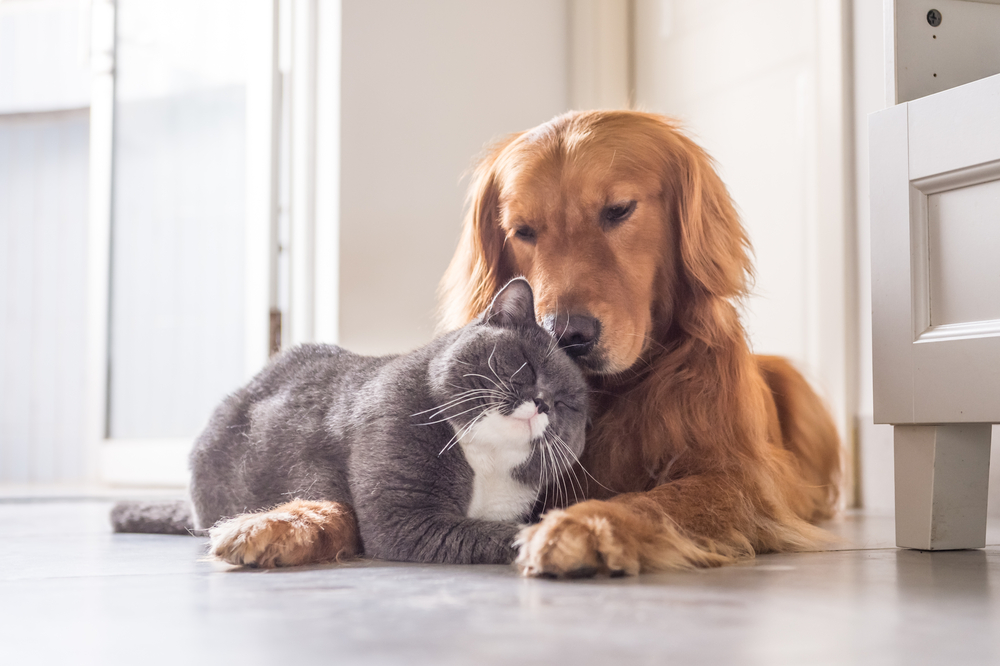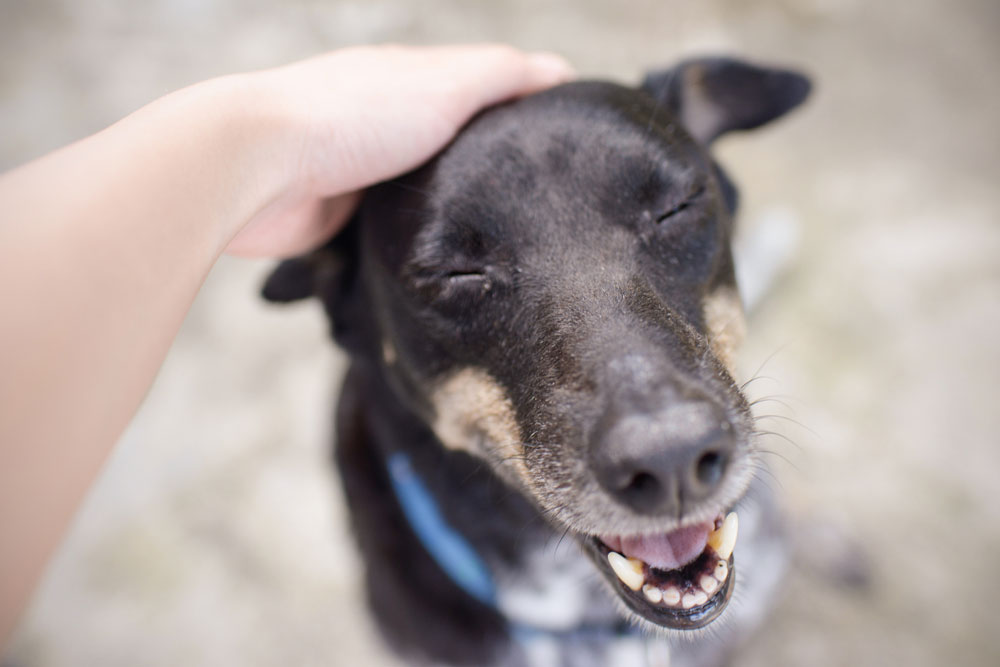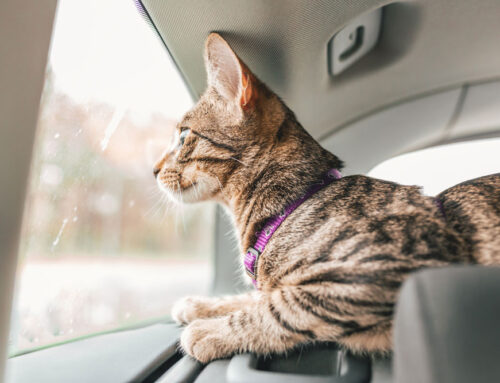Adopting a pet entails more than providing food, water, and shelter. A pet is a big responsibility, and careful consideration and planning is required before you bring home a new pet. Our team at Twin Maples Veterinary Hospital wants to help by providing tips to successfully adopt a new pet.
#1: Ensure you are ready to adopt a pet
When you adopt a pet, you are committing to providing care for that pet for the rest of their life—and you must not take the situation lightly. You should also consider the following when deciding if you are ready for pet adoption:
- Cost — Pets can be expensive. According to the American Society for the Prevention of Cruelty to Animals (ASPCA), owning a dog costs about $500 to $1,040 annually, depending on their breed, while cats cost about $634 per year. The cost of food, veterinary care, treats, and other supplies adds up quickly, and can increase greatly if your pet experiences a veterinary emergency. Ensure your bank account is sufficient before adopting a pet. We recommend building a pet health savings of several thousand dollars, or investing in a good pet health insurance plan so that you will be prepared for the potential expense if injury or severe illness occurs.
- Time — Pets require attention and exercise every day. If your job keeps you away from home for long periods, or if you travel frequently, a pet may not be a good idea.
- Family members — Ensure all family members are willing to accommodate a new pet before you adopt.
- Other pets — Ensure other household pets will accept a new pet.
#2: Choose the right pet for your family
Pets come in many different sizes and temperaments, and choosing the right fit for your family is important for a successful adoption. Considerations about different pets include:
- Small-breed dogs — Small-breed dogs, such as chihuahuas, toy poodles, and dachshunds, don’t need as much exercise as more active breeds, but their weight must be monitored carefully to prevent obesity. They have small, fragile bones, and may not be the best breed if you have small children in the home.
- Large-breed dogs — Large-breed dogs, such as Labrador retrievers, Australian Shepherds, and boxers, typically require more exercise, and are best for active families. Ensure your home is large enough to accommodate the dog.
- Cats — Cats tend to be more independent than dogs, but they still require daily attention and exercise. They don’t need to be walked daily, but their litter box needs frequent cleaning. Cats make great companions, and they are especially good choices for families with senior members living in the home.
- Puppies and kittens — Puppies and kittens are adorable, but they require a lot of time and attention to socialize and train them appropriately. They can also be destructive as they learn the house rules.
- Senior pets — Senior pets tend to be quieter, and most are already trained and easy to handle. However, be prepared to provide your senior pet with the veterinary care they need, since they are at higher risk for illnesses.
#3: Prepare your home for your new pet
Before bringing your new pet home, prepare your home to make the transition as easy as possible. Suggestions include:
- Purchase supplies — Purchase the necessary supplies, such as collar, leash, pet beds, food, bowls, toys, and litter box, ahead of time, so you are prepared.
- Place a pet bed in every room — Pets are more likely to stay off your furniture if you provide comfortable alternatives.
- Store decorative rugs — You may want to store decorative rugs until your new addition is fully house trained.
- Provide scratching posts — Cats are less likely to shred your furniture if they have scratching posts.
- Offer appropriate toys — Ensure you have many chew toys for your pet, so they aren’t tempted to chew off-limits items, such as your shoes.
#4: Introduce your new pet to your resident pet

If you have a resident pet, appropriately introducing your new pet is important to ensure the adoption is successful. Tips include:
- Introducing a new dog to a resident dog — When possible, the first meeting should take place in a neutral environment, preferably outside.
- Each dog should be restrained by a different person, and introduced at a distance.
- Once they remain calm, they can gradually be brought closer together to meet.
- If neither dog shows aggression, they can be released in a fenced area to get to know each other.
- If the dogs seem to get along, you can take the dogs into your home, ensuring they each have their own supplies to avoid property disputes.
- Allow only supervised interactions until you are confident the dogs are compatible.
- Introducing a new cat to a resident cat — Cats don’t usually like change, and introducing two cats takes time and patience.
- Place the new cat in a separate room that has all the necessary supplies.
- Feed the cats on either side of the closed door to help them make a positive association.
- Exchange the cats’ bedding to get them used to each other’s smell.
- Once the new cat is settled, allow them to explore the rest of the house while your resident cat is confined to one room.
- Crack the door, and allow your cats to meet through the open door.
- If neither cat shows aggression, open the door fully to let them get to know each other.
- Allow only supervised interactions until you are confident the cats are compatible.
- Introducing a dog and a cat — Ensure your dog is not aggressive toward cats before making introductions.
- Place the new pet in a separate room that has all the necessary supplies.
- Feed the pets on either side of the closed door.
- Exchange the pets’ bedding to get them used to each other’s smell.
- Have someone restrain your dog with a collar and leash, and take your cat into the room, remaining at a good distance.
- Allow your cat to run away if they wish.
- Let the pets make contact as long as they show no aggression.
- Allow only supervised interactions until you are confident the pets are compatible.









Leave A Comment